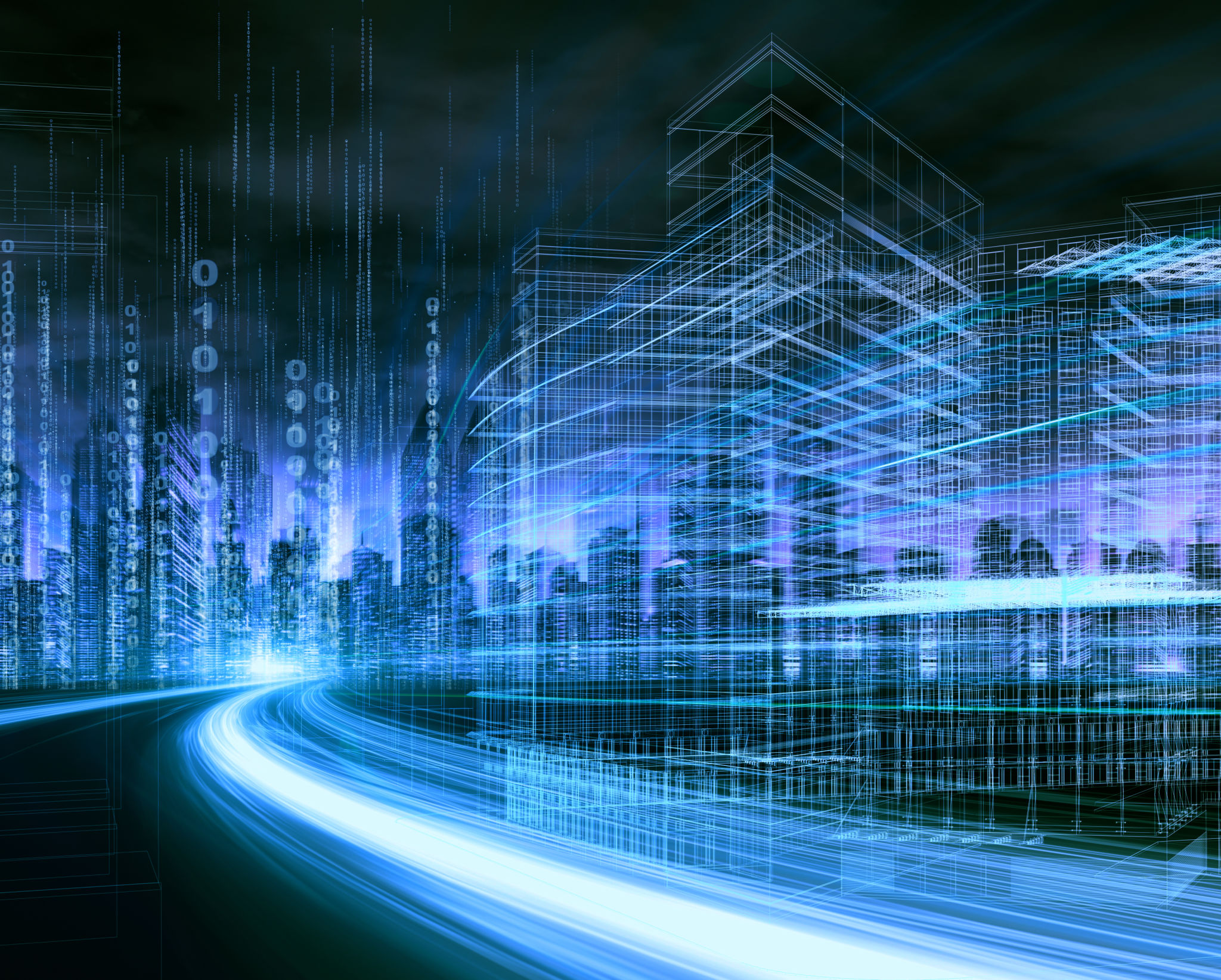The Role of IoT Sensors in Enhancing Structural Integrity of Coastal Buildings
Understanding the Importance of Structural Integrity
Coastal buildings face unique challenges due to their proximity to water, which exposes them to harsh environmental conditions such as strong winds, high humidity, and saltwater corrosion. Maintaining structural integrity in these environments is crucial for ensuring the safety and longevity of the buildings. Traditional methods of monitoring structural health often fall short in providing real-time, comprehensive data. This is where the Internet of Things (IoT) comes into play, offering innovative solutions through advanced sensor technology.

The Role of IoT Sensors in Monitoring Structural Health
IoT sensors are revolutionizing the way we monitor the structural health of coastal buildings. These sensors are capable of collecting data on a variety of factors such as vibration, temperature, humidity, and even the concentration of salt in the air. By continuously monitoring these parameters, IoT sensors provide valuable insights into the condition of a building's structure and help in identifying potential issues before they become severe.
With the ability to transmit data in real-time, IoT sensors enable building managers and engineers to make informed decisions about maintenance and repairs. This proactive approach not only enhances the safety of the structures but also reduces long-term maintenance costs.
Types of IoT Sensors Used in Coastal Buildings
Several types of IoT sensors are utilized in coastal buildings to ensure structural integrity. Among them are:
- Vibration Sensors: These sensors detect changes in vibrations that may indicate structural weakness or damage.
- Humidity Sensors: Monitoring humidity levels helps in assessing the risk of corrosion and mold growth.
- Temperature Sensors: Fluctuations in temperature can affect building materials, leading to expansion or contraction.
- Salt Sensors: These measure the concentration of salt in the air, which can accelerate corrosion.

Benefits of Implementing IoT Sensors
The integration of IoT sensors in coastal buildings offers numerous benefits. One of the most significant advantages is real-time monitoring, which provides continuous updates on the structural condition. This allows for timely interventions and repairs, minimizing the risk of sudden failures.
Another benefit is data-driven decision-making. With access to comprehensive data, engineers can prioritize maintenance tasks based on actual needs rather than routine schedules. This approach not only enhances efficiency but also extends the lifespan of the buildings by addressing issues promptly.
Challenges and Considerations
Despite their numerous advantages, implementing IoT sensors in coastal buildings comes with its own set of challenges. The harsh coastal environment can affect the performance and durability of sensors, making it essential to choose robust and weather-resistant devices. Additionally, data security and privacy are critical concerns that must be addressed to prevent unauthorized access to sensitive information.

The Future of IoT in Coastal Building Management
The future looks promising for IoT technology in enhancing the structural integrity of coastal buildings. As technology advances, we can expect more sophisticated sensors with enhanced capabilities, such as self-healing materials and AI-driven analysis for predictive maintenance. These innovations will further improve our ability to safeguard coastal infrastructure against environmental challenges.
In conclusion, IoT sensors play a vital role in maintaining the structural integrity of coastal buildings. By providing real-time data and enabling proactive maintenance strategies, they help ensure the safety and longevity of these structures in challenging environments.
